 A view of China National Petroleum Corporation (CNPC) Fushun Petrochemical Company, Fushun City, Liaoning Province, northeast China. /CGTN
A view of China National Petroleum Corporation (CNPC) Fushun Petrochemical Company, Fushun City, Liaoning Province, northeast China. /CGTN
A view of China National Petroleum Corporation (CNPC) Fushun Petrochemical Company, Fushun City, Liaoning Province, northeast China. /CGTN
China’s capabilities in ensuring energy security has constantly improved over the past decade, with the country’s energy self-sufficiency rate maintained at more than 80 percent. What role does self-developed technology play for the country’s energy security?
In one of China’s oldest oil refineries, the China National Petroleum Corporation (CNPC) Fushun Petrochemical Company, some of its equipment couldn’t stand the test of time. Located in Fushun City of northeast China’s Liaoning Province, the plants are fed with oil from China’s Daqing field and Russia’s Siberia. Its traditional products include paraffin, solvent oil and ethylene. And the new upgraded equipment brings a new line of business – jet fuel.
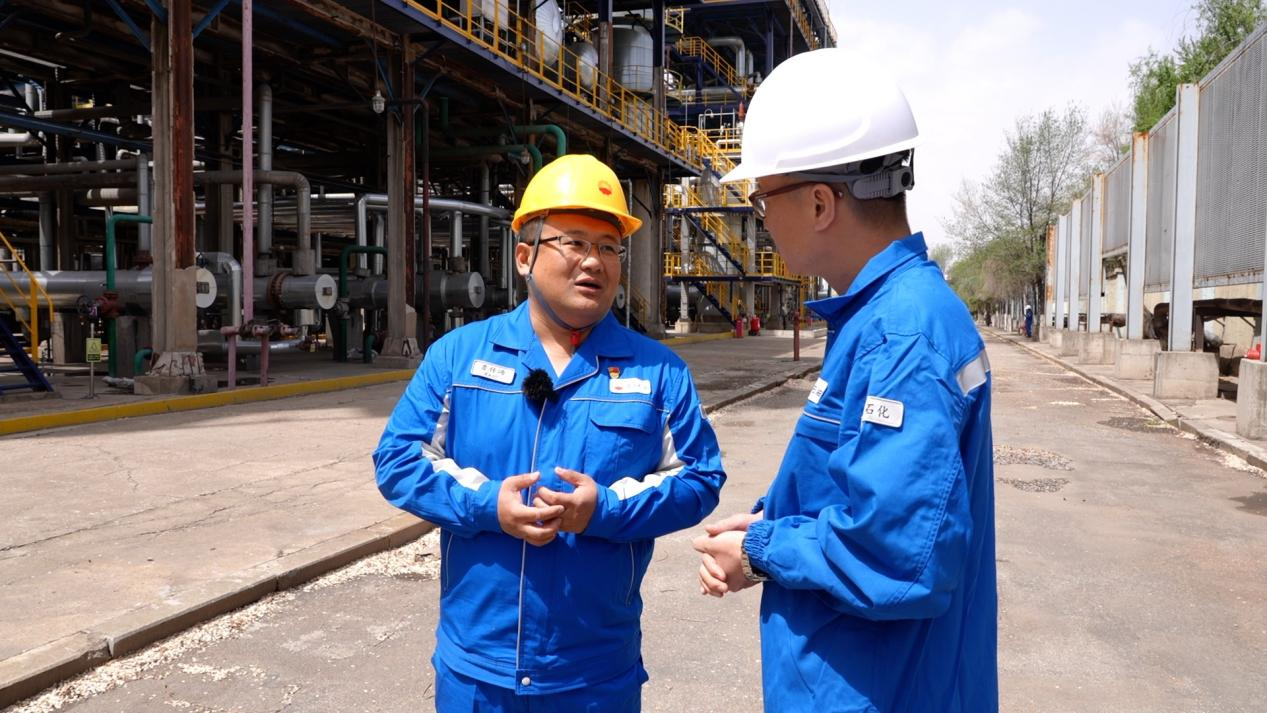 Lu Chuantao, the deputy manager of Refinery No. 3 in CNPC Fushun Petrochemical Company talks to CGTN reporter, Fushun City, northeastern China’s Liaoning Province. /CGTN
Lu Chuantao, the deputy manager of Refinery No. 3 in CNPC Fushun Petrochemical Company talks to CGTN reporter, Fushun City, northeastern China’s Liaoning Province. /CGTN
Lu Chuantao, the deputy manager of Refinery No. 3 in CNPC Fushun Petrochemical Company talks to CGTN reporter, Fushun City, northeastern China’s Liaoning Province. /CGTN
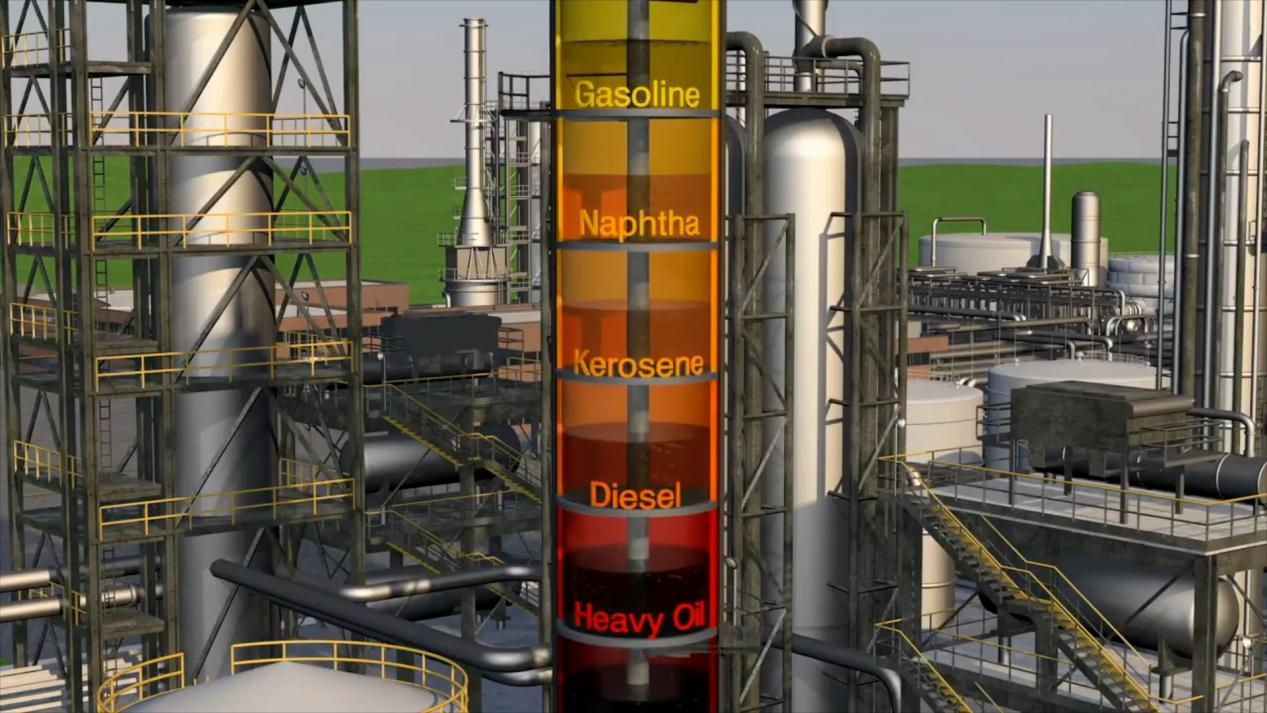 An illustration shows how the refineries convert crude oil into petroleum products for use as fuels for transportation, heating, paving roads, and as feedstock for making chemicals. /CGTN
An illustration shows how the refineries convert crude oil into petroleum products for use as fuels for transportation, heating, paving roads, and as feedstock for making chemicals. /CGTN
An illustration shows how the refineries convert crude oil into petroleum products for use as fuels for transportation, heating, paving roads, and as feedstock for making chemicals. /CGTN
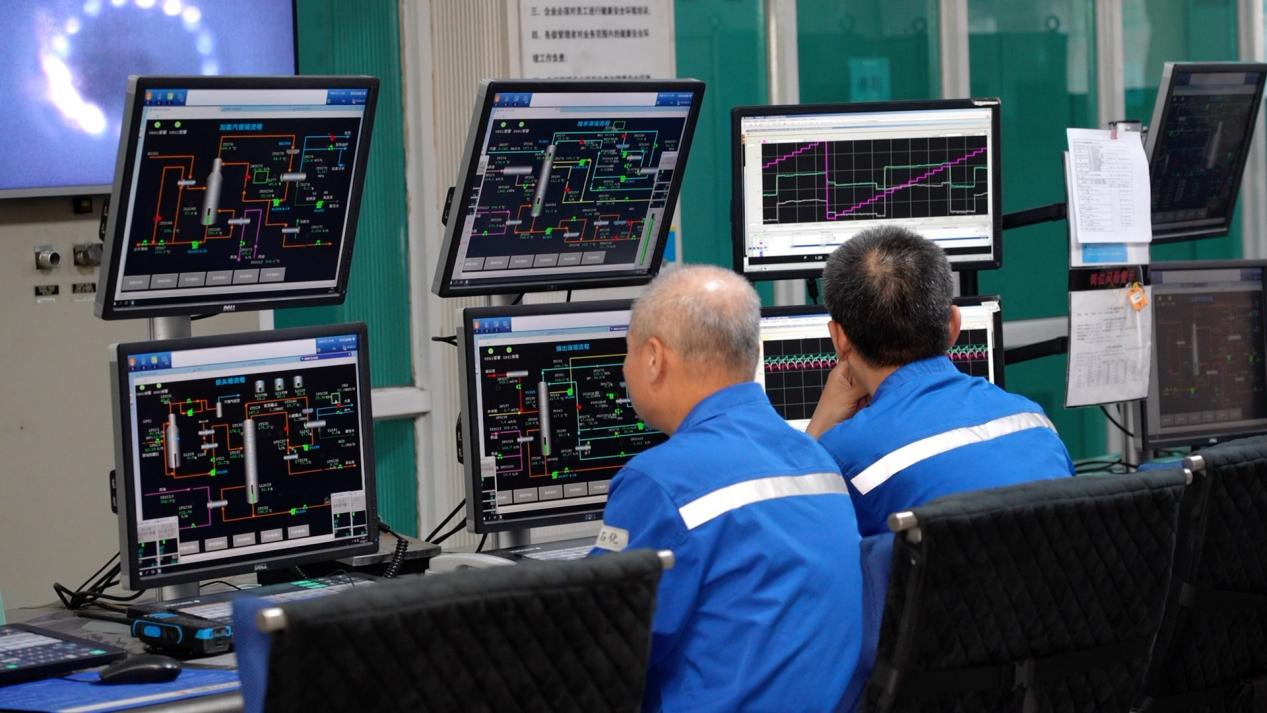 Staff on duty at CNPC Fushun Petrochemical Company in Fushun City, northeastern China’s Liaoning Province. /CGTN
Staff on duty at CNPC Fushun Petrochemical Company in Fushun City, northeastern China’s Liaoning Province. /CGTN
Staff on duty at CNPC Fushun Petrochemical Company in Fushun City, northeastern China’s Liaoning Province. /CGTN
“A lot of equipment was replaced by domestically made ones… like hydrotreaters and deaerators. The purity of aviation fuel is of vital importance. It means better engine performance and lower wear and tear costs. We are confident about the potential of this new business division due to the post-pandemic air travel recovery,” Lu Chuantao, the deputy manager of Refinery No. 3 in CNPC Fushun Petrochemical Company told CGTN.
With a few inefficient, polluting, less valuable capacities still in place, the industry needs to upgrade and restructure for greener development. Refineries convert crude oil into petroleum products for use as fuels for transportation, heating, paving roads and as feedstock for making chemicals. In the world of refinery, hydrocrackers are particularly valuable in terms of maximizing production and reducing residual fuel oil.
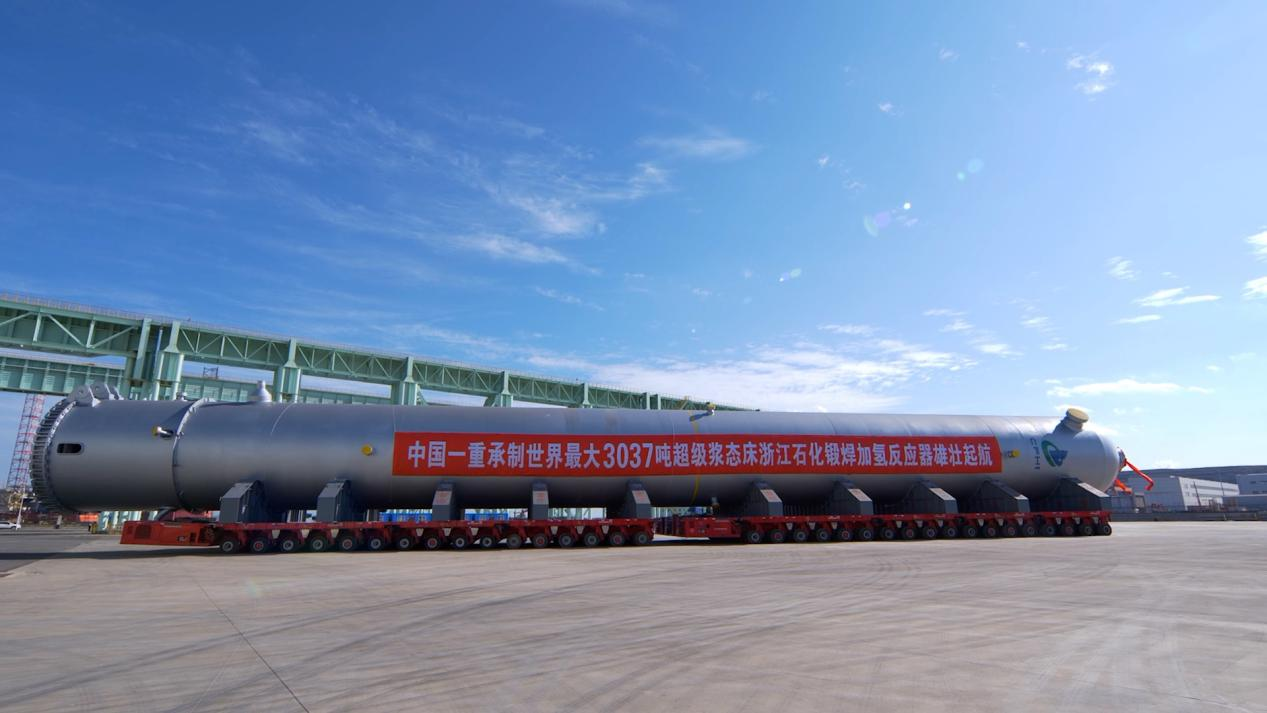 A view of the world’s largest hydrocracker reactor developed by China First Heavy Industries Group. /CGTN
A view of the world’s largest hydrocracker reactor developed by China First Heavy Industries Group. /CGTN
A view of the world’s largest hydrocracker reactor developed by China First Heavy Industries Group. /CGTN
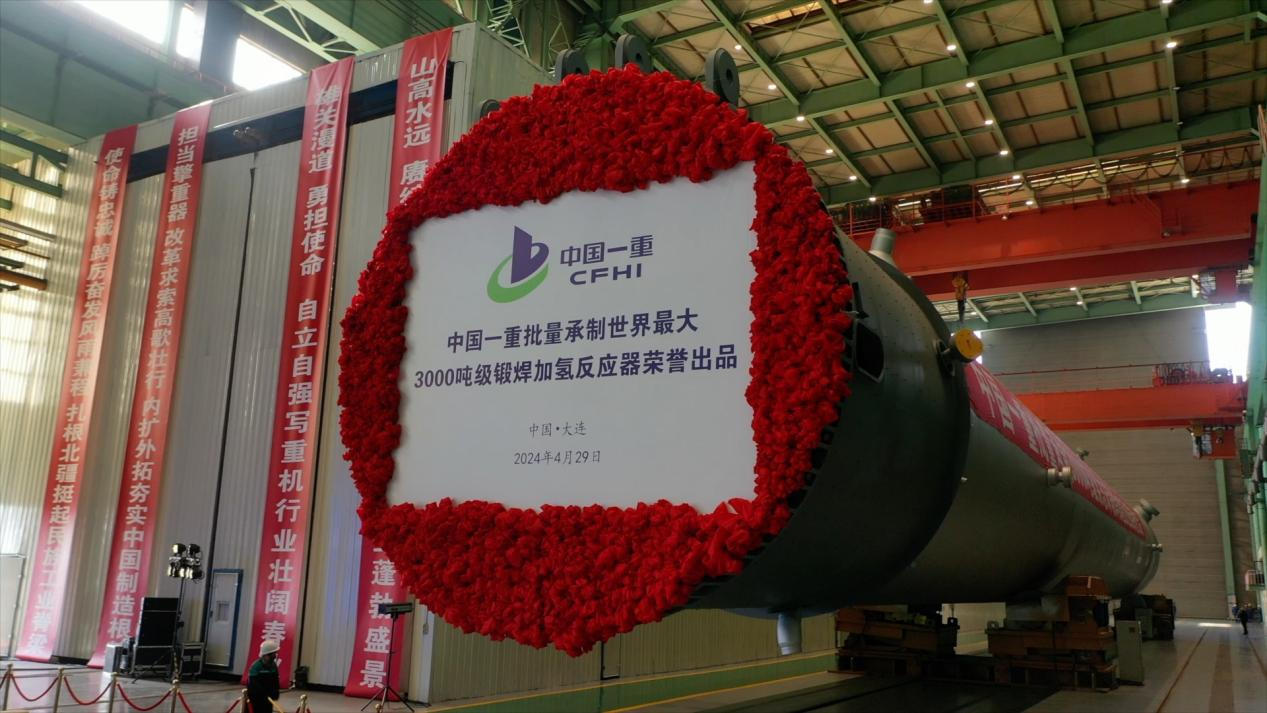 The hydrocracker upgrades low-quality heavy gas oils into high-quality, clean-burning jet fuel, diesel and gasoline. /CGTN
The hydrocracker upgrades low-quality heavy gas oils into high-quality, clean-burning jet fuel, diesel and gasoline. /CGTN
The hydrocracker upgrades low-quality heavy gas oils into high-quality, clean-burning jet fuel, diesel and gasoline. /CGTN
 The new reactor is capable of treating large amounts of distillate to obtain kerosene, naphtha and gasoline, hence increasing the efficiency for refinery operations. /CGTN
The new reactor is capable of treating large amounts of distillate to obtain kerosene, naphtha and gasoline, hence increasing the efficiency for refinery operations. /CGTN
The new reactor is capable of treating large amounts of distillate to obtain kerosene, naphtha and gasoline, hence increasing the efficiency for refinery operations. /CGTN
In May, the largest hydrocracker reactor ever manufactured in the world was completed by China First Heavy Industries Group. The handover of the 3,000-tonne iron giant – the equivalent of 100 Boeing 737 – has broken many world records for forging, welding and delivery.
With a length exceeding 70 meters and a wall thickness of 320 millimeters, welding engineer Zhu Lin from China First Heavy Industries Group (Dalian) and his team has performed a consistent, precise and reliable weld throughout the entire operation.
Zhu told CGTN that “the reactor consists of three tubes, with each weighing over 1,000 tonnes. So, two welding teams have to carry out the work simultaneously. Every step and technique has to be identical as the three tubes are heated and rotated at exactly equal speeds – like a set of twins. Also, both teams have to ensure the detection and rectification of flaws before they become critical.”
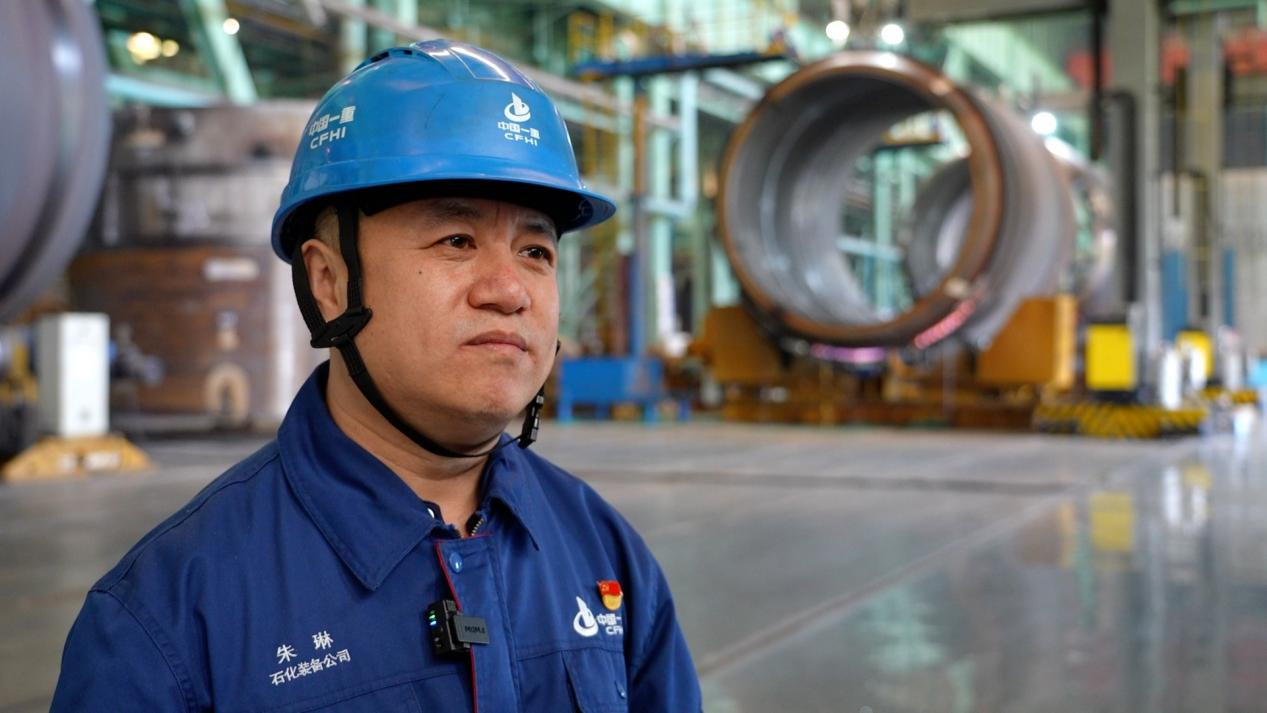 Welding engineer Zhu Lin from China First Heavy Industries Group (Dalian), northeast China’s Liaoning Province. /CGTN
Welding engineer Zhu Lin from China First Heavy Industries Group (Dalian), northeast China’s Liaoning Province. /CGTN
Welding engineer Zhu Lin from China First Heavy Industries Group (Dalian), northeast China’s Liaoning Province. /CGTN
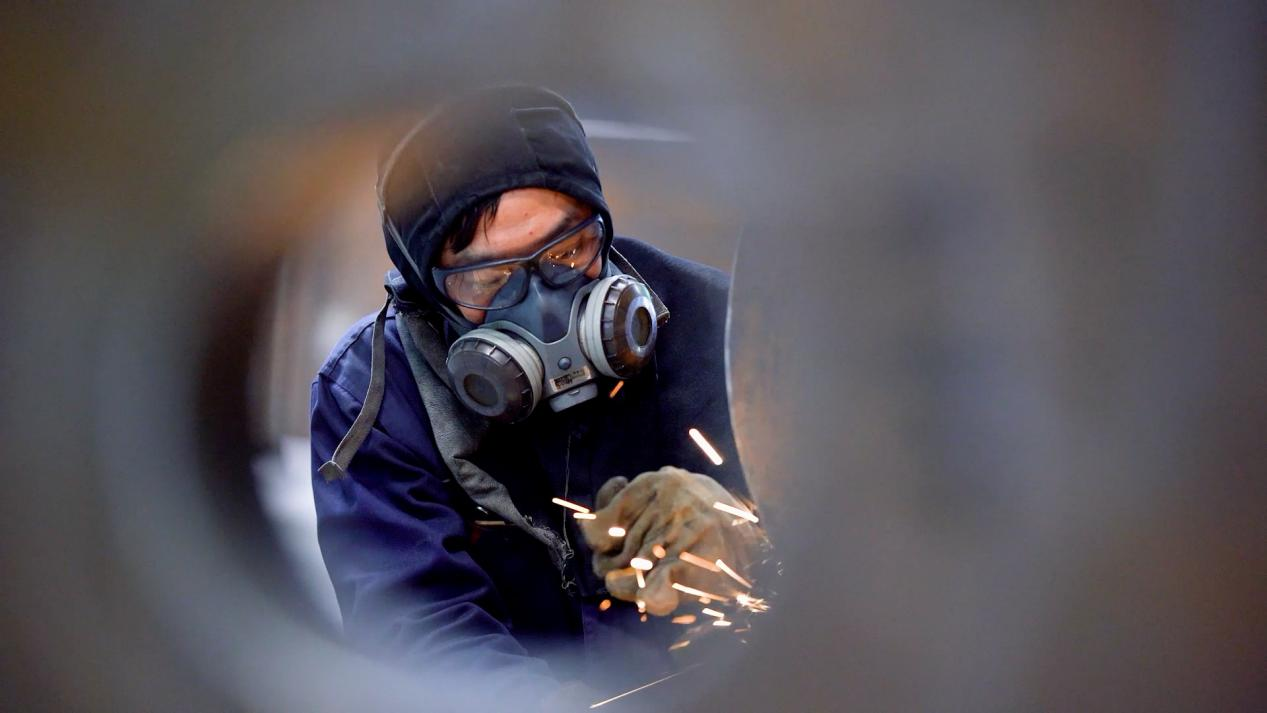 Worker from China First Heavy Industries Group (Dalian), northeast China’s Liaoning Province. /CGTN
Worker from China First Heavy Industries Group (Dalian), northeast China’s Liaoning Province. /CGTN
Worker from China First Heavy Industries Group (Dalian), northeast China’s Liaoning Province. /CGTN
In simple terms, the hydrocracker upgrades low-quality heavy gas oils into high-quality, clean-burning jet fuel, diesel and gasoline. The expansion of China’s refining sector accelerated for many years to meet its fast-growing domestic demand. Because of the size of the new reactor, it is capable of treating large amounts of distillate to obtain kerosene, naphtha and gasoline, hence increasing the efficiency for refinery operations.
For decades, China has relied heavily on foreign technologies to build the more sophisticated processing units that can convert the country’s heavy crude oils into various petrochemical products. The 3,000-tonne domestically built hydro cracker reactor helps reduce such reliance.
 Zhang Lin, the deputy chief engineer from China First Heavy Industries Group (Dalian), talks with CGTN reporter, Dalian City, northeast China’s Liaoning Province. /CGTN
Zhang Lin, the deputy chief engineer from China First Heavy Industries Group (Dalian), talks with CGTN reporter, Dalian City, northeast China’s Liaoning Province. /CGTN
Zhang Lin, the deputy chief engineer from China First Heavy Industries Group (Dalian), talks with CGTN reporter, Dalian City, northeast China’s Liaoning Province. /CGTN
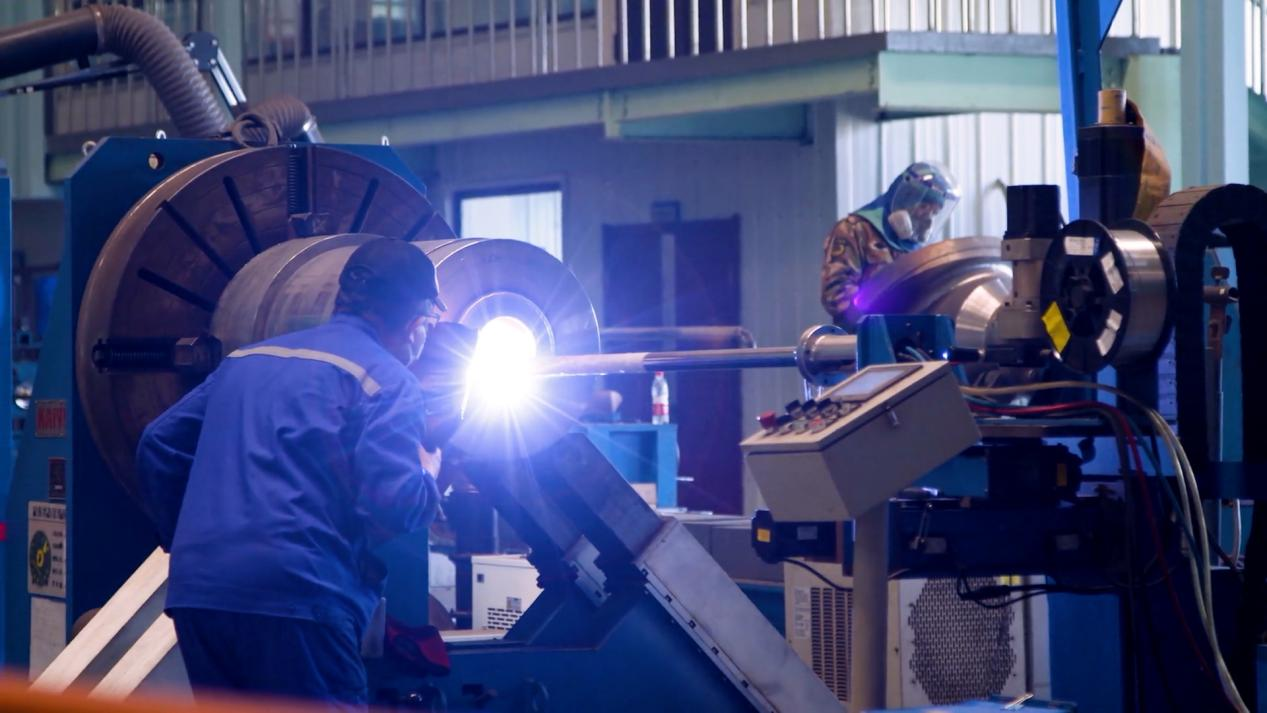 Workers on duty at hydrocracking reactor production line of China First Heavy Industries Group (Dalian), northeast China’s Liaoning Province. /CGTN
Workers on duty at hydrocracking reactor production line of China First Heavy Industries Group (Dalian), northeast China’s Liaoning Province. /CGTN
Workers on duty at hydrocracking reactor production line of China First Heavy Industries Group (Dalian), northeast China’s Liaoning Province. /CGTN
“Hydrocracking reactor design is a proprietary technology with each licensor having his own specific design based on operating experience, catalyst technology and engineering expertise. In addition, each reactor’s design is somewhat unique in the refining industry due to a combination of process requirements. The project has broken the longtime foreign monopoly on the manufacturing of high-end refinery equipment,” Zhang Lin, the deputy chief engineer from China First Heavy Industries Group (Dalian), told CGTN.
China is becoming more self-sufficient in energy supplies thanks to rising domestic oil and gas production in recent years. However, with more than 70 percent of its crude oil feedstock from overseas, experts say that refinery efficiency has played an integral role in China’s quest for energy security. No doubt, getting the most out of each barrel at a lower cost and with less emission requires more technological breakthroughs.








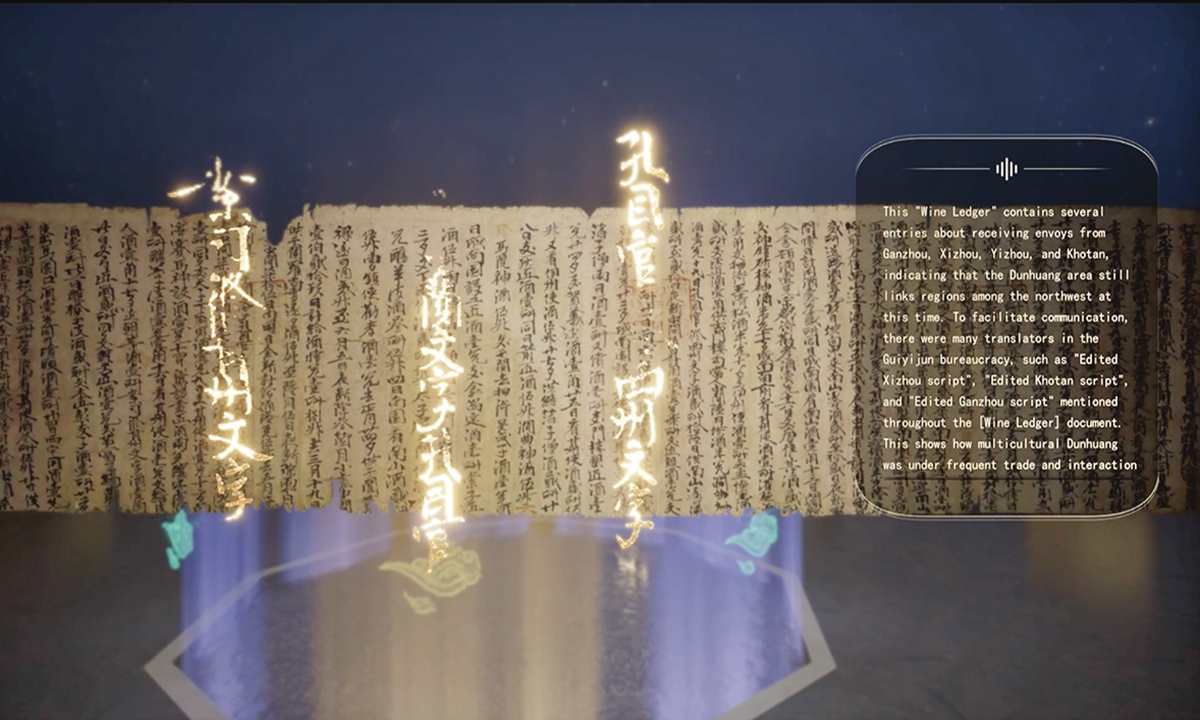
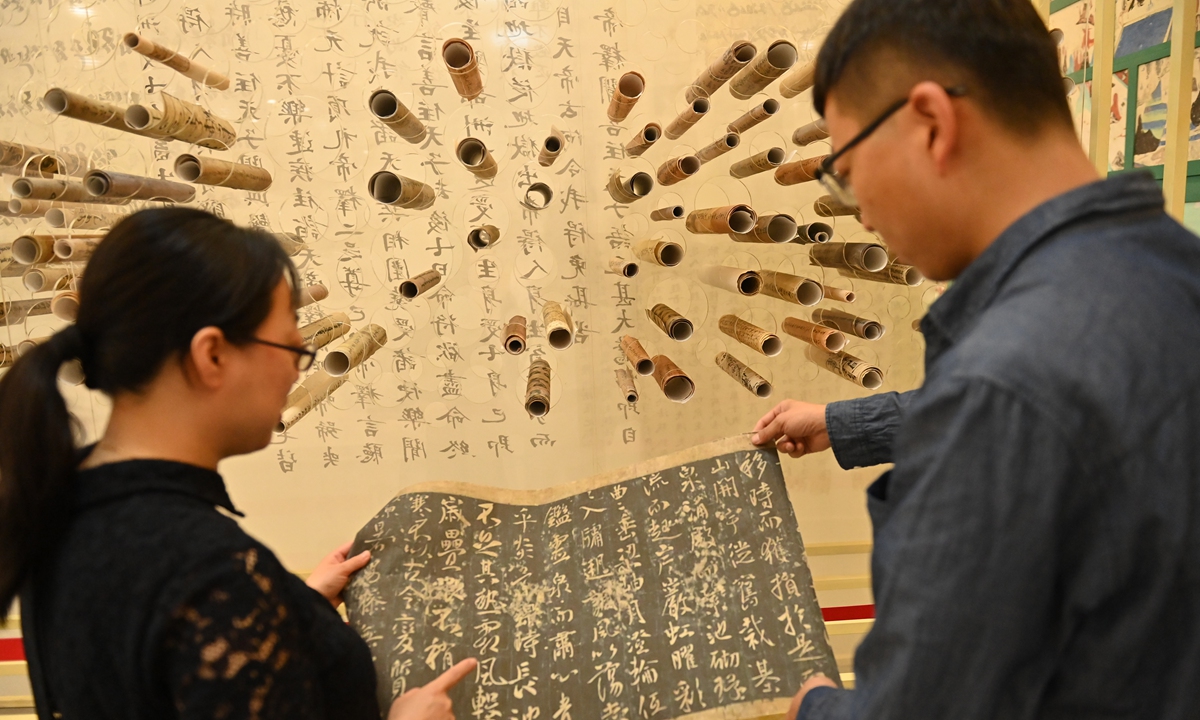

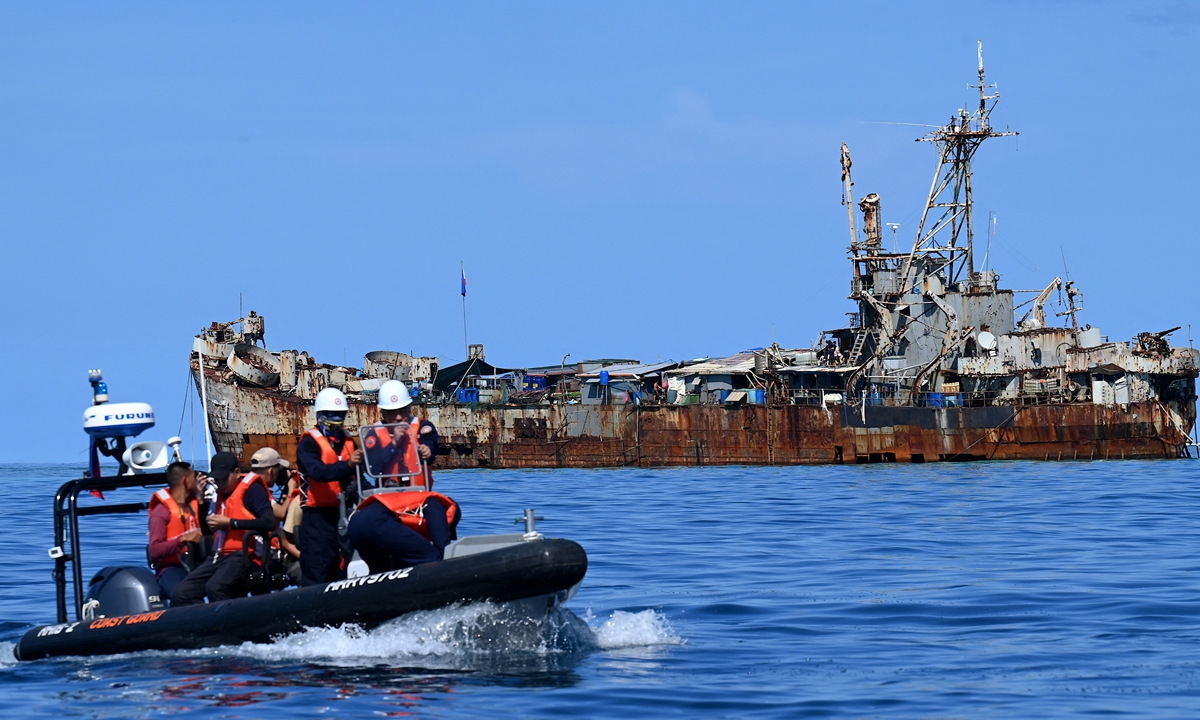

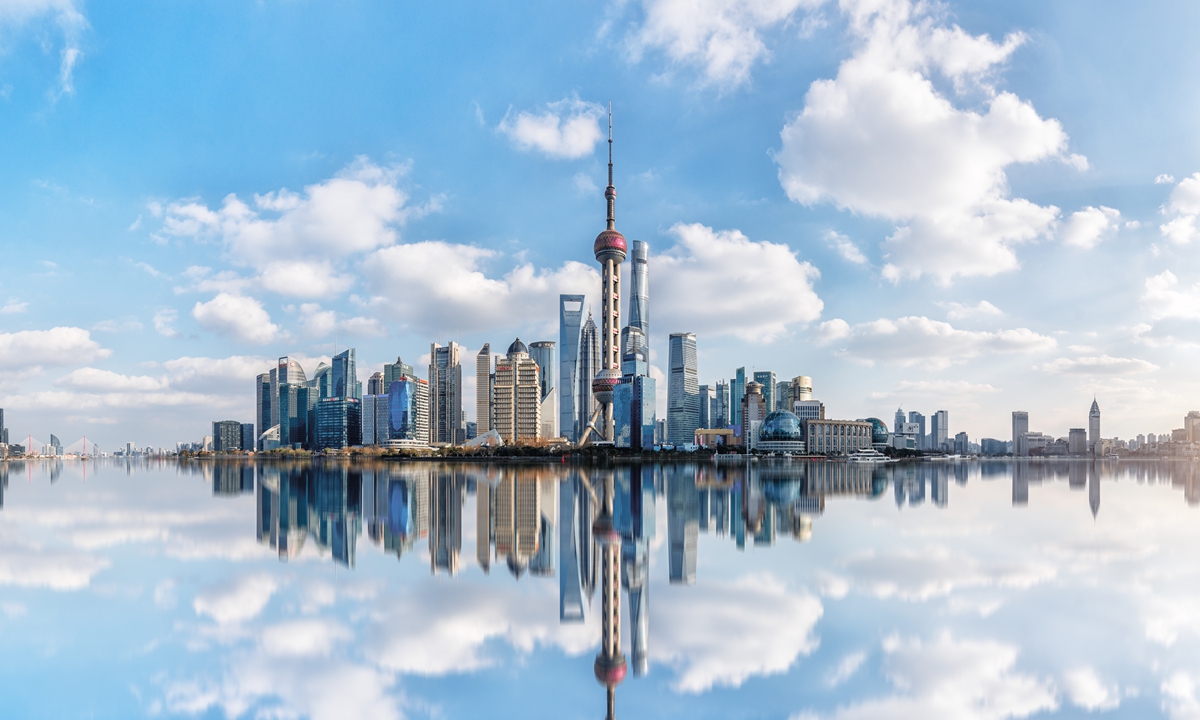

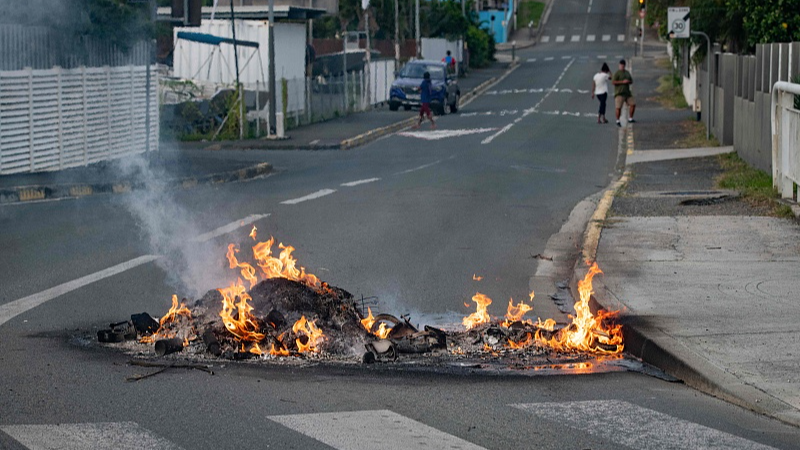 A fire in the street after a supermarket was looted and shops vandalized in the N’Gea district of Noumea, May 14, 2024. /CFP
A fire in the street after a supermarket was looted and shops vandalized in the N’Gea district of Noumea, May 14, 2024. /CFP